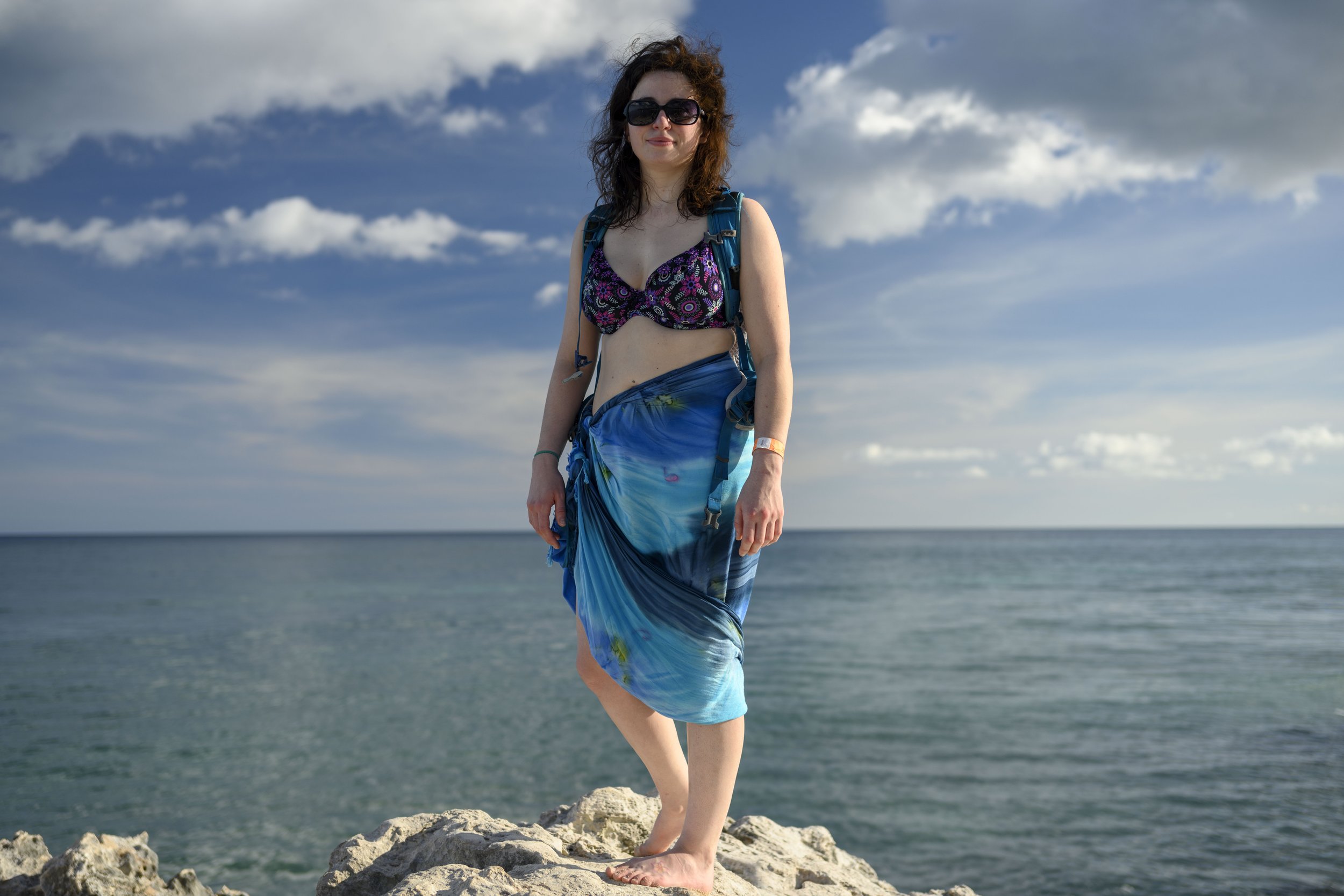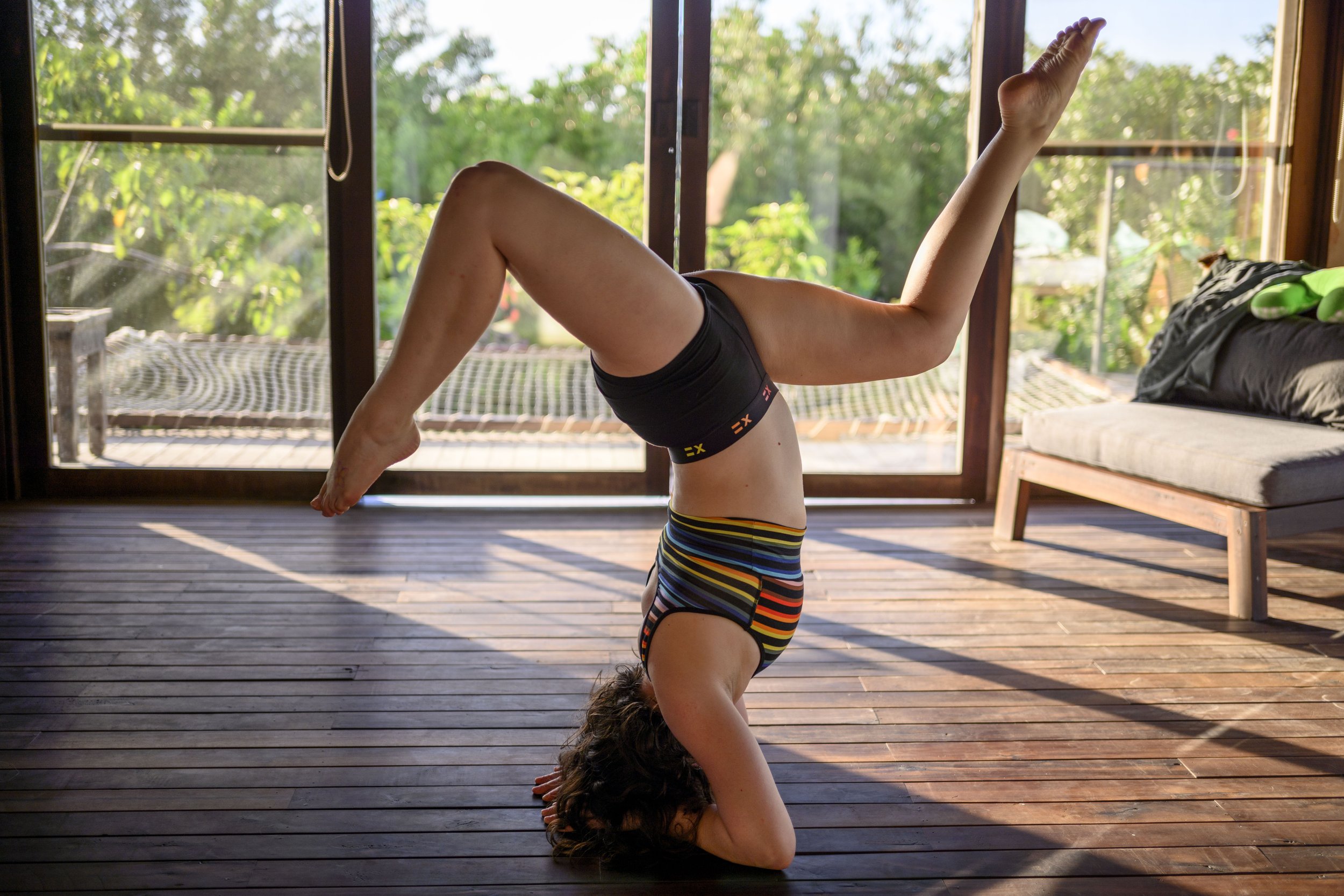Taking a Nikon Z7 and 40mm F2 lens to the jungle
When you fly into the Tulum airport, you don’t see the airport. Or the town. Out the window sprawls a sea of green, texturing into an earthy shag carpet as you descend. The jungle stretches to the horizon and is broken only by the passing shadows of fluffy white clouds against a deep blue sky. There’s a runway somewhere, right? This is a commercial jet, not a bush plane.
At a height low enough to pick out individual trees, a dirt track rushes into view, and finally, mercifully, dusty pavement. We touch down and pull into a freshly built terminal, which had celebrated its first international arrival barely eight months prior.
I find that the 40mm focal length is great for everyday photography, without requiring me to get super close or back way up for a variety of scenes. ISO 64 | 1/640 sec | F4
We’d come to Tulum to celebrate a wedding of friends, and had stretched our visit long enough to qualify as a real vacation. It was uncharted territory for my partner Maleny and I, and we planned for plenty of relaxing and plenty of exploring. And so, as is often the case for me, the never-ending quest for the perfect travel photography kit began in earnest a month or so before our departure. After much hemming and hawing, my last-minute choice centered on my trusty Nikon Z7, and a lens I’d loved the idea of but hadn’t yet learned to love itself, the Nikkor Z 40mm f/2. One camera, one lens, one week in Mexico. Let’s go.
The Nikon Z 40mm has a lot going for it. It’s a great size, it’s affordable, it’s got a fast-enough aperture to make it worth using over a zoom, and other than the plastic mount (which is holding up just fine, though I still wish it were metal), the build quality is great. There is supposedly some gasketing to help prevent moisture incursion, and I’m pleased to report I’ve had no issues despite not being all that careful with it.
The relatively wide maximum aperture is good for subject separation and handy for less-than-ideal lighting. ISO 800 | 1/60 sec | F2
The image quality is largely a delight. My personal expectations and requirements aren’t especially high, I’ll admit, and in this day of razor-sharp ‘compromise-free’ mirrorless lens designs, the 40mm stands apart by virtue of its relative imperfection. Sunstars are pretty nonexistent. There’s some chromatic aberration at wide apertures, and it’s a little hazy at the closest focus distances. But I’ve found that center sharpness is good wide open even on a high-res sensor, and critically, the background blur is smooth under most conditions. Super busy backgrounds can look a little busy at f/2, but it’s smoother than I’ve seen from Nikon’s own S-line 35mm f/1.8 and the older AF-D 35mm f/2 that I’ve used extensively. (I’ve yet to use the recently released Z 35mm f/1.4 all that much.)
This type of scene is one of the few instances where I’d wanted something wider, but at the same time, I don’t mind this framing and enjoy the frenetic feel with all the tourists in the foreground. After all, that’s just the way it was. And with modern software, combining multiple-shot panoramas is easier than ever. ISO 64 | 1/250 sec | F4
I said earlier that I’d loved the idea of this lens, and hadn’t yet learned to love the lens itself. This trip changed that. I very rarely wished for another option, and I didn’t miss the constant second-guessing that comes with having multiple lenses at your disposal. Did I miss some close-up photos of tropical birds that I could have gotten with my 70-300mm? Sure. Did I have to make some panoramas to capture a wider scene because I left my 24-70mm at home? Yes, a couple of times.
Even at more moderate distances, the wide aperture can get you some subject separation. And while the bokeh isn’t super dreamy, it’s not half bad. I’ve also removed some green fringing in post. ISO 90 | 1/100 sec | F2
But as many photographers will tell you, going out and just making it work with one lens is a very freeing experience. I’m historically a 35mm-focal-length kind of guy, and while I found it a little more challenging to utilize the 40mm field of view at first, I warmed up to it quickly. This 40mm focal length does a good job of forcing you to make some compositional and framing decisions in your photography while not pigeonholing you into one or two types of photos and is noticeably more adept at indoor settings than a 50mm (or greater) lens.
Anywho, the real reason behind this blog post is to have a place to showcase more and higher-quality photos than I’d traditionally post on Instagram or Facebook, so here are my favorites from the trip. Hasta luego!






























